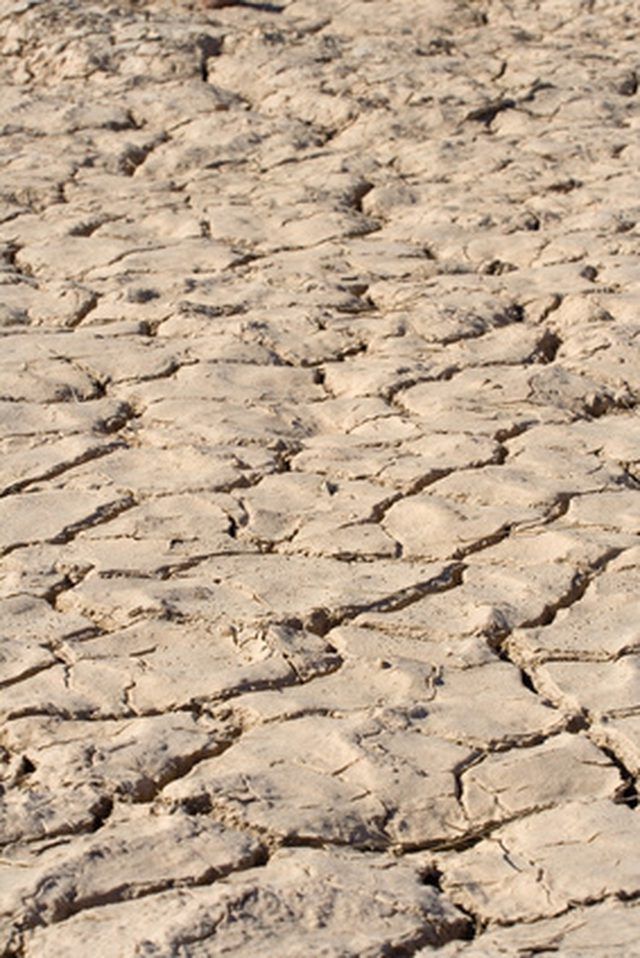Bulbs
Flower Basics
Flower Beds & Specialty Gardens
Flower Garden
Garden Furniture
Garden Gnomes
Garden Seeds
Garden Sheds
Garden Statues
Garden Tools & Supplies
Gardening Basics
Green & Organic
Groundcovers & Vines
Growing Annuals
Growing Basil
Growing Beans
Growing Berries
Growing Blueberries
Growing Cactus
Growing Corn
Growing Cotton
Growing Edibles
Growing Flowers
Growing Garlic
Growing Grapes
Growing Grass
Growing Herbs
Growing Jasmine
Growing Mint
Growing Mushrooms
Orchids
Growing Peanuts
Growing Perennials
Growing Plants
Growing Rosemary
Growing Roses
Growing Strawberries
Growing Sunflowers
Growing Thyme
Growing Tomatoes
Growing Tulips
Growing Vegetables
Herb Basics
Herb Garden
Indoor Growing
Landscaping Basics
Landscaping Patios
Landscaping Plants
Landscaping Shrubs
Landscaping Trees
Landscaping Walks & Pathways
Lawn Basics
Lawn Maintenance
Lawn Mowers
Lawn Ornaments
Lawn Planting
Lawn Tools
Outdoor Growing
Overall Landscape Planning
Pests, Weeds & Problems
Plant Basics
Rock Garden
Rose Garden
Shrubs
Soil
Specialty Gardens
Trees
Vegetable Garden
Yard Maintenance
The Best Way to Soften Clay Soil in a Few Hours
The Best Way to Soften Clay Soil in a Few Hours. Maintaining a garden can be difficult under the best of circumstances, but it is even harder when your soil is stiff, clumpy and uncooperative. These are the conditions that many gardeners and farmers face in areas with clay soil. Clay soil is thick and clumpy, limiting water and airflow and stunting...

Maintaining a garden can be difficult under the best of circumstances, but it is even harder when your soil is stiff, clumpy and uncooperative. These are the conditions that many gardeners and farmers face in areas with clay soil. Clay soil is thick and clumpy, limiting water and airflow and stunting root growth. If you need a quick fix to soften your soil, adding organic materials will help to improve airflow and water drainage, softening the soil and improving your gardening in a few hours.
Things You'll Need
Spade or tiller
Organic matter
Consult with an expert at a garden center or nursery regarding the type of organic material to use for your clay. Organic materials can include compost, manure and other natural decomposing material. Combining these types of materials with your clay soil will allow for better air and water flow, softening the soil.
Dig up or till the top 8 to 10 inches of your soil. Break apart any clumps in the clay soil. Most plants extend their roots only up to 10 inches deep, so breaking up only this much soil will allow for softer clay and save time.
Spread a layer of organic material 2 inches deep onto the newly tilled soil and work it in; continue to break up any clods of clay you find. Use 25 percent to 50 percent of the amount of the clay soil you are tilling; if you till a 25-square-foot area, use 6.25 square feet to 12.5 square feet of organic material.
Spread a second 2-inch layer of organic material onto the soil and work it in completely, breaking up any other clumps of clay. If necessary for your area, add another 2-inch layer. Mix thoroughly until all of your organic material has been added to the clay.
Dampen the clay soil with water to help the nutrients from the new materials spread; do not soak the clay, as you will be unable to plant or work with the soil if it is too wet.
Tips & Warnings
If you fear that you have excessively acidic or basic soil, perform a soil test before you begin to till. If you need to add lime, fertilizer or other material, do so with your second layer of organic material. Consult an expert at a local garden center or nursery if you have any questions regarding soil tests or amendment materials.
Do not work with your clay soil if it is wet. Wet clay soil is sticky and will make a mess; wet clay is also more likely to compact, and could create a worse problem than the one you started with.